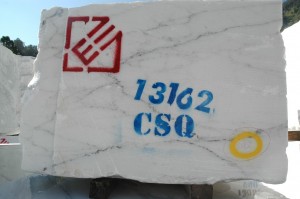Choosing your marble is reminiscent of school yard play…. Finding that precious stone… playing Indiana Jones… But now that you have dusted yourself off and have the block placed in your studio. Its time to get busy.
Designing your masterpiece through pencil and clay sketches is where the true work begins. The ability to discipline yourself to the task of creating a Maquette separates the Master from the Novice. Long before you can apply your muscles to the hammer and chisel, you will need to lovingly caress and model clay.
I know that for many, there will be the temptation to jump right in and start swinging at stone… and for the contemporary artist this may be the best way to coax shapes and curves from the natural grain that the stone presents.
However, if you are interested in realism… in the Renaissance tradition, mastering the maquette is necessary, and if done well, can be financially rewarding.
Michelangelo always made models. In fact, for each scale maquette of a future marble statue, he would additionally create two smaller sketch models (bozzetto). The first as a charcoal sketch, the second in wax or terrasecca (unfired clay)
So important was the modelling process to Michelangelo that he often and publicly lamented on how artist of his generation failed to develop the ability to sketch their work in advance. Continue reading →




